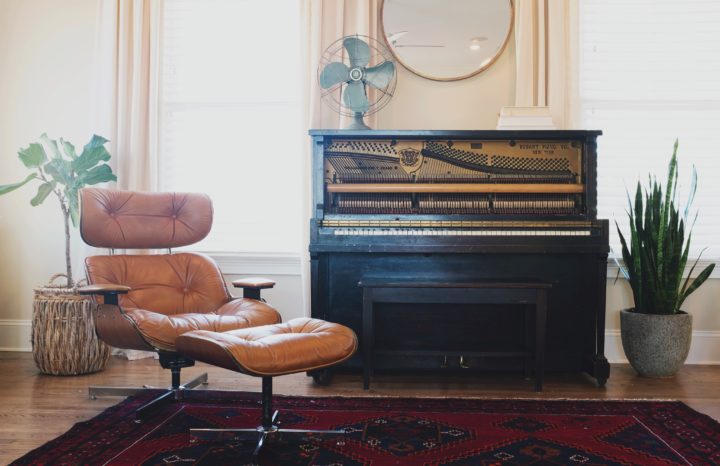The following contribution is from another author.
Many of us dream about building our very own music room in our homes, particularly if we love playing musical instruments or mixing new tracks on decks. As such, we often embark on rather ambitious DIY projects. These spaces are great places to record and play music and have fun.
Unfortunately, when it comes to music rooms, people often make mistakes in their setups. Often, these sound minor, but they can have a major impact once implemented (no pun intended).
So what are the big mistakes people are making when designing and building their DIY music rooms? Let’s take a look.
Mistake #1: Failing To Plan Ahead
One of the biggest mistakes you can make when building a DIY music room is not planning ahead. If you don’t have a clear idea in your mind about what you want, your efforts will likely fail.
For instance, you should know:
- What you want your music room to be
- How much space you have
- What equipment you need
- What budget you can afford
If you don’t have these essential pieces of information to hand, you could wind up with something that feels too noisy or crowded to meet your needs. It could also be too expensive, forcing you to call off the project halfway through and wait until you have more income.
Mistake #2: Failing To Soundproof Adequately
Another common mistake that can ruin your DIY music room is not soundproofing properly. Failing to prevent sound waves from traveling out of the studio can irritate other family neighbors and reduce the sound quality in the space.
To avoid this mistake, just consider soundproofing before you start. Usually, the best approach is to add acoustic panels to the space. Primarily, you’ll want to place it on all the walls of the room to absorb noise and stop it from getting into other parts of the house.
Research various soundproofing materials. Remember that soundproofing products that are good at taking energy out of high-pitch noises might not be as good for bass, and vice versa.
Mistake #3: Putting Your Music Room Next To A Loud Location
You also see people making the mistake of putting their music rooms close to loud areas of their homes or neighborhood. For instance, it might seem like a great idea to build a music studio at the bottom of your garden until you realize you’ve just placed it closer to the local train line.
Avoid building music rooms next to utility rooms. The sound of washers and dryers humming away can prevent you from recording. Also, keep your music room away from the street. Place it at the back of your house if you can.
Mistake #4: Not Organizing Your Equipment
Another mistake people make when constructing DIY music rooms is dumping all their equipment around the room randomly, hoping for the best. It should go without saying that this strategy doesn’t usually work.
Instead, use a cable storage organizer to keep everything neat and tidy under your desks. Also, place instruments and computers at reasonable distances from each other. On top of this, consider how many people will use the room at any given time, and how you’ll need to arrange furniture.
Mistake #5: Failing To Optimize Acoustics
A fifth common mistake that can ruin your DIY music room is not optimizing acoustics. Just putting lots of instruments in a room and buying some expensive speakers doesn’t guarantee you’ll get good sound.
Acoustics refers to the way you experience sound. Rooms with good acoustics enhance the experience and sound great. By contrast, those with poor acoustics make everything feel dull and muffled, damaging the experience.
You can avoid this issue by working with a professional who understands how acoustics will work in your room. Usually, the best approach is to add panels to the space to ensure sound waves reflect in the correct way. Soundproofing may also help because it prevents echoes and gives the room a more studio-like feel.
Mistake #6: Improper Electrical Wiring
Finally, improper electrical wiring can bring some people’s music room dreams to an end. Unfortunately, most home builders don’t build residential rooms with heavy-duty usage in mind. Hence, a lack of outlets or insufficient wire thickness can lead to trips and even blackouts. These can be hazardous.
Your best bet here is to hire an electrician to test your wires’ capacity and add more sockets. Depending on your setup, you’ll want at least five double outlets and plenty of space for multi-sockets, smart switches, and extension cables.
In summary, you live and learn. Don’t make these mistakes when building a DIY music room!

















To create an set up medium to your running system, burn the picture to a bootable flash power or SD card. However, now no longer anyone is privy to the way it works.
Arceus X is a primary Android Roblox Mod Menu/Exploit to enhance the gameplay. Arceus X APK permits you to make the most your preferred recreation supplying you with the maximum boost functions lacking withinside the legitimate recreation.